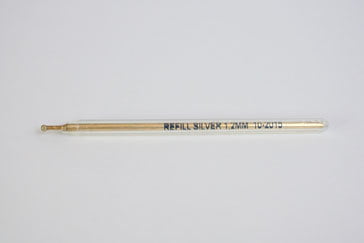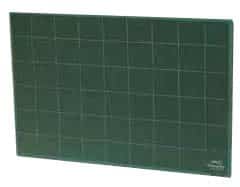Shoemaking Toolkit Components
Shoemaker Tape

This tape is specifically designed for the art of shoemaking. It's a narrow and flexible tape that easily wraps around a shoe last, facilitating the measurement of specific shoe lines or pinpointing crucial points for various shoe types. The tape features both metric and inch measurement systems and includes a European shoe size chart to determine the length of the shoe last.
Masking tape

This adhesive tape is very important tool for artisans during the shoe pattern creation phase. They apply the masking tape to the shoe last and sketch the shoe design onto it. Afterward, they cut out this tape with applied shoe design and use it as a template to craft the complete shoe pattern.
Here is a case study exploring various masking tapes and their application in shoe pattern making: “Shoe making Case Study: Cover Your Shoe Last Using Right Masking Tape”Dividers or Compass

In the world of crafting shoes, dividers or compasses, distinguished by their metal construction, play an important role. With their two sharp edges, these tools are instrumental during pattern creation. Shoemakers employ them to add precise seam allowances to shoe patterns and to mark some stitching lines like we do in Dr Martens Boots Course or Sneakers making Course, directly onto the leather, streamlining the process with accuracy and efficiency.
If you want to learn on how we work with this instrument in shoe pattern construction you are wellcome to read this shoemaking article:"What you have been missing out in shoemaking?!".
Silver Pen for Shoemaking

This pen, filled with silver ink, is specifically designed for work with leather, aiding in creating marks essential for assembling shoe parts. Generally, its marks can be removed using a rubber crepe. However, erasing can be challenging, especially on suede leather. Before using it extensively, it's advisable to test on a small leather piece to ensure the mark can be effectively removed.
Tack Puller

In shoemaking, a tack puller is a specialized tool used to remove small nails or tacks from shoe components, especially during the lasting process. Its forked end ensures precise grip and leverage, ensuring minimal damage to the leather or shoe materials.
But if you can't find this shoe making tool, you can substitued it with shoemaking pincers like I teach in Loafers making Course.
Clicking Board for Shoemaking

Shoemakers utilize a specialized rubber board for leather cutting. While these boards come in various sizes, a sufficiently large kitchen board can also serve the purpose effectively.
Glass or Marble Plates
Glass or marble plates play a pivotal role during skiving with skiving knife. To ensure smooth sliding along the skived edge of leather parts, shoemakers often use these plates. Additionally, the flat and smooth surface of a marble plate is indispensable during the shoe parts attachment process and when hammering to achieve a clean finish.
For a detailed insight into the skiving process, I invite you to explore our free shoemaking tutorial:"How to Skive Leather in Shoemaking?!". There's a wealth of shoemaking steps and techniques to discover. For a deeper understanding, please refer to this shoemaking article: "How to make shoes".
Gluepot
This is a designated plastic container designed to house both glue and a brush, ensuring a streamlined work process. However, it's not imperative to have this specific container. A simple glass jar can hold the glue, while another container with a bit of solvent can store the brush, preventing it from drying out.This is what I reccomend to do to my students of shoe making courses online.
Crepe Rubber
This yellow-hued, hard-textured rubber is commonly used for outsoles. Additionally, it's effective in erasing silver pen marks and removing glue spots.
Brushes for Shoemaking
Typically, shoemakers opt for straightforward round brushes, usually measuring 1-2cm in diameter.
Sandpaper

While not exclusive to shoemaking, sandpaper is a vital tool for crafting shoe soles and heels. It helps achieve smooth, sanded leather surfaces. It's beneficial to have a variety of grits on hand, ranging from coarse (50-100 grit) to finer textures (400-600 grit).
Check out this shoemaking article on the use of sandpaper in the craft: How to finish shoe sole [Shoemaking Tutorial]
Glass
During specific stages of sole and heel crafting, a small piece of plain glass can be invaluable. It assists in removing thin leather layers, ensuring a smooth finish. In every shoe course that utilizes vegetable-tanned leather for the outsole, we employ this straightforward tool. It facilitates the crafting of elegant outsoles and is particularly accessible for beginners in shoemaking.
Online stores for shoe making
Here is some online store where you can purchase some of these Shoemaking Toolkit Components for your project:
https://shoetechnik.com/tools/hand-tools
https://www.colliniatomi.it/it/utensileria-macchinari/attrezzature-manuali.html?p=2
